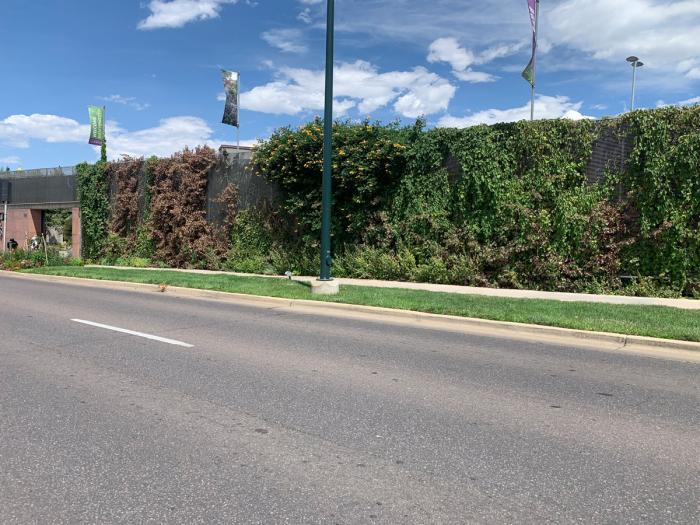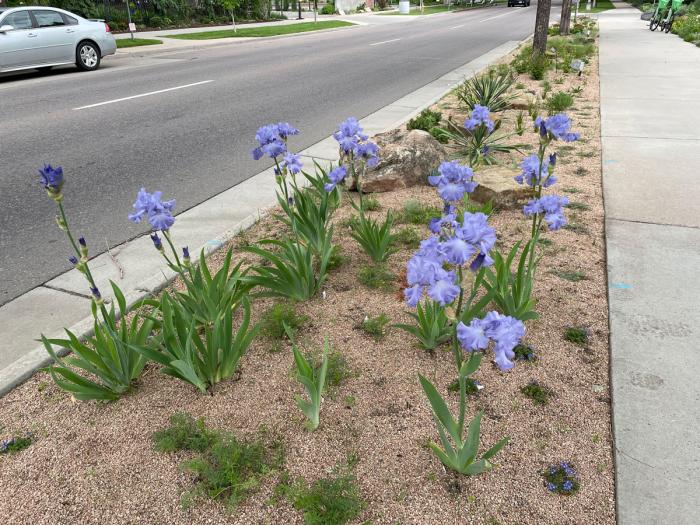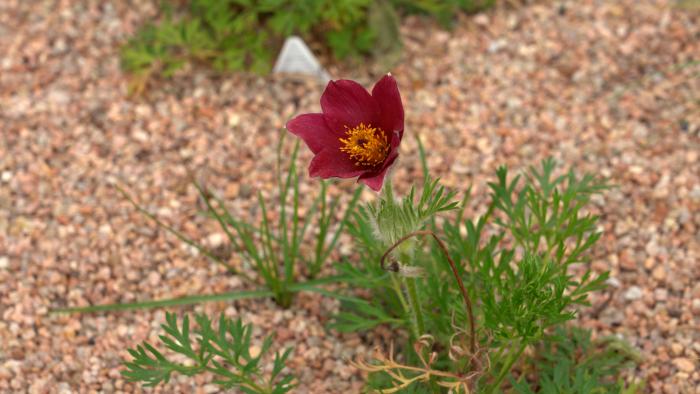Denver Botanic Gardens entry showcases beauty of water-wise plants
Denver Botanic Gardens is showing off some new plants right outside the front entrance.
In March, the Gardens removed a strip of thirsty Kentucky bluegrass along York Street, replacing it with a variety of low-water and native Colorado plants.
“Our new demonstration garden features a variety of plants that will give us incredible flowers and blooms all the way from spring to late summer,” said Erin Bird, associate director of communications at Denver Botanic Gardens.
Plants in the new garden that borders York Street range in height and texture and include iris, manzanita, stonecrop, ornamental grasses, native grasses, yucca, daisies, penstemon and more. The plants grow slowly at first to get their roots established and reach full size after around two to three years.
By transforming the strip from bluegrass to low-water plants, the Gardens expects to save about 100,000 gallons of water each year — once the plants are established — through reduced irrigation. Once the plants have settled into their new home, they’ll need very little additional water beyond what Mother Nature drops from the sky.
Bird said the project is part of the Gardens’ sustainability goals, which include using water wisely in Colorado’s semi-arid climate.
The old Kentucky bluegrass next to the sidewalk was considered “nonfunctional” turf grass, meaning it wasn’t being used for activities.
“Replacing nonfunctional grass with landscapes that use less water is going to be very important across the West in the future as we deal with the impacts of hotter weather and more variable precipitation,” said Austin Krcmarik, water efficiency lead planner at Denver Water.
“Having the Denver Botanic Gardens’ beautiful new garden along York Street, where it is visible to so many people, will help show there are many options other than grass when it comes to landscaping strips of ground between streets and sidewalks.”
Using less water on your lawn means fewer mosquito pool parties.
Last year, Denver Water led the creation of a Memorandum of Understanding among water utilities that rely on the Colorado River Basin. Participating water providers from Colorado to California pledged to cut the amount of nonfunctional grass in their service areas by 30% in coming years.
The Gardens project fits right in with this effort, along with the state of Colorado’s efforts to offer incentives for businesses, governments, nonprofits and other organizations to find alternatives to water-guzzling bluegrass.
“We’re really hoping to inspire visitors and the public to look at this garden and take on similar projects in their own homes and businesses and know that xeriscape or low-water plants have incredible beauty,” Bird said.
The Gardens offers educational classes and a wide variety of information about native and low-water plants on their website.
Denver Water also provides free information about water-wise plants, landscape designs and watering tips at denverwater.org/Conserve.




